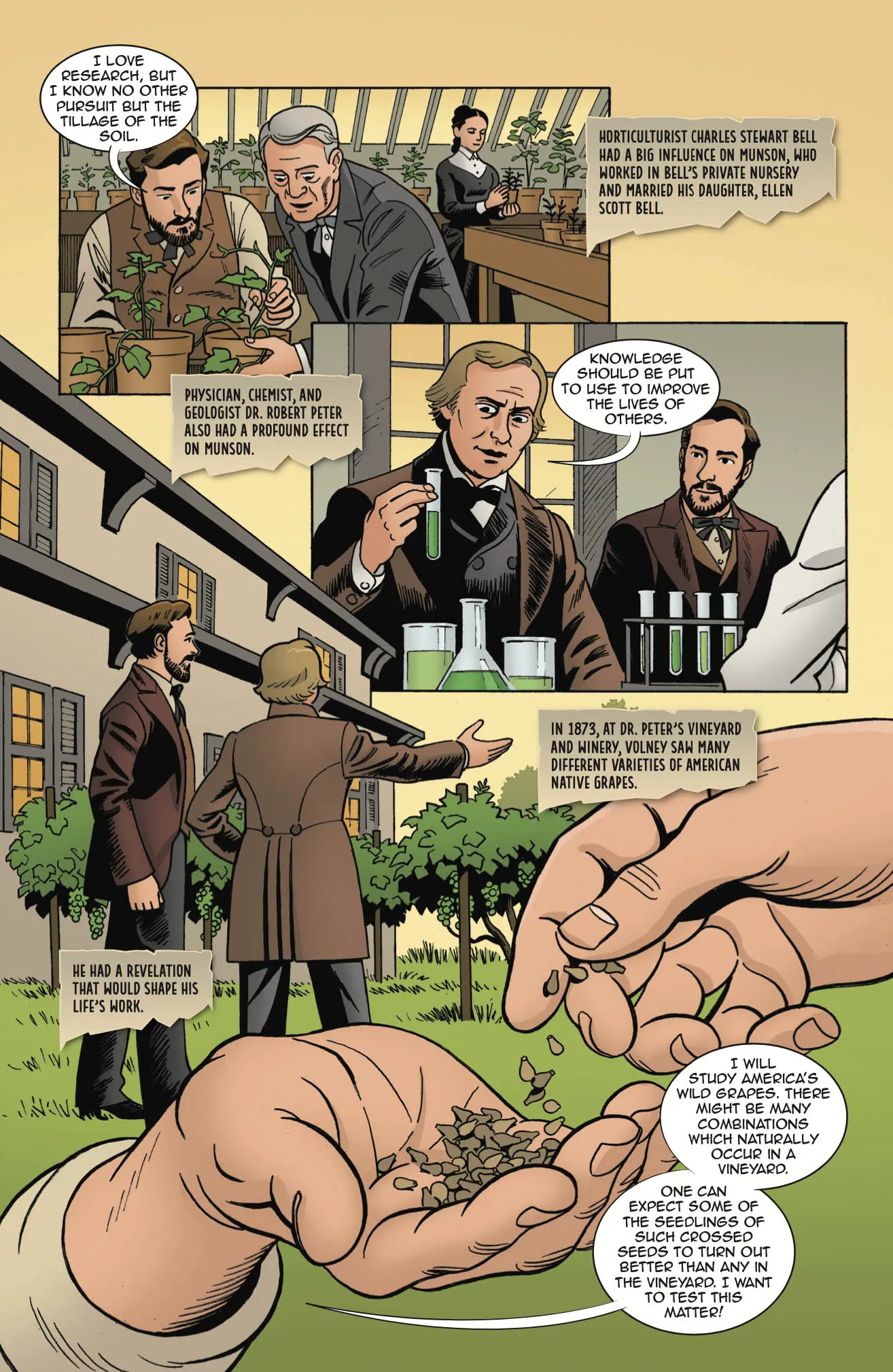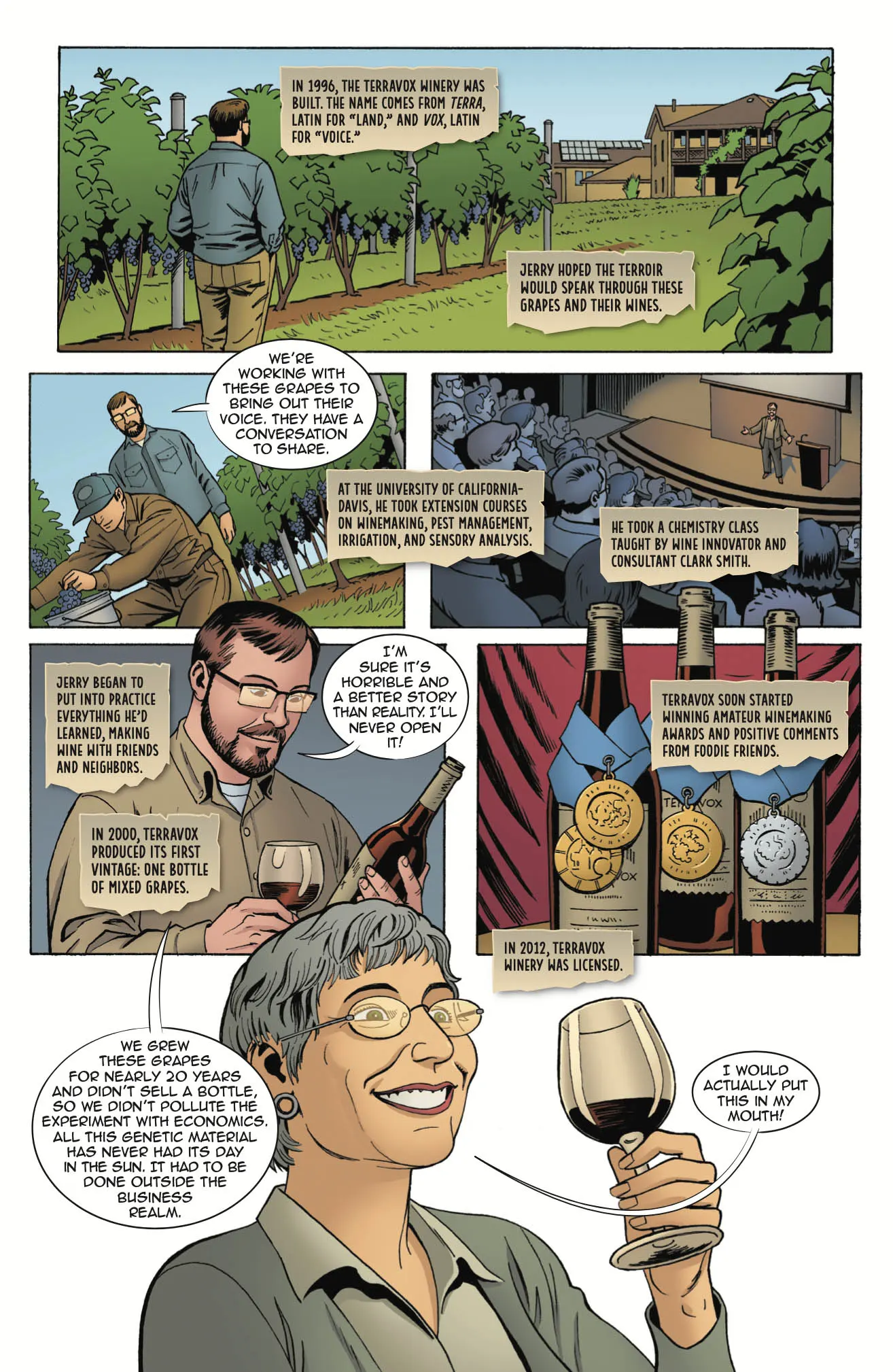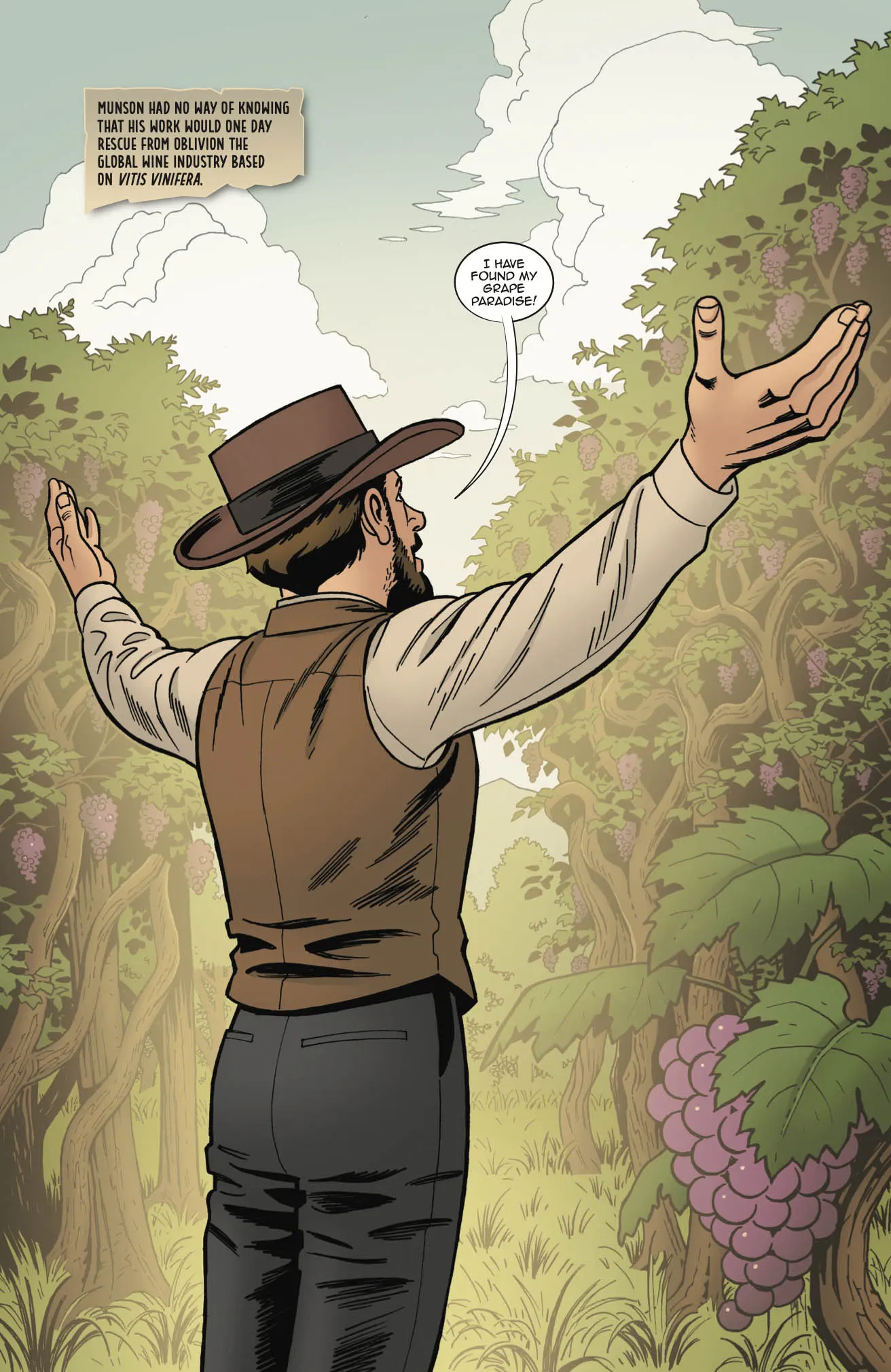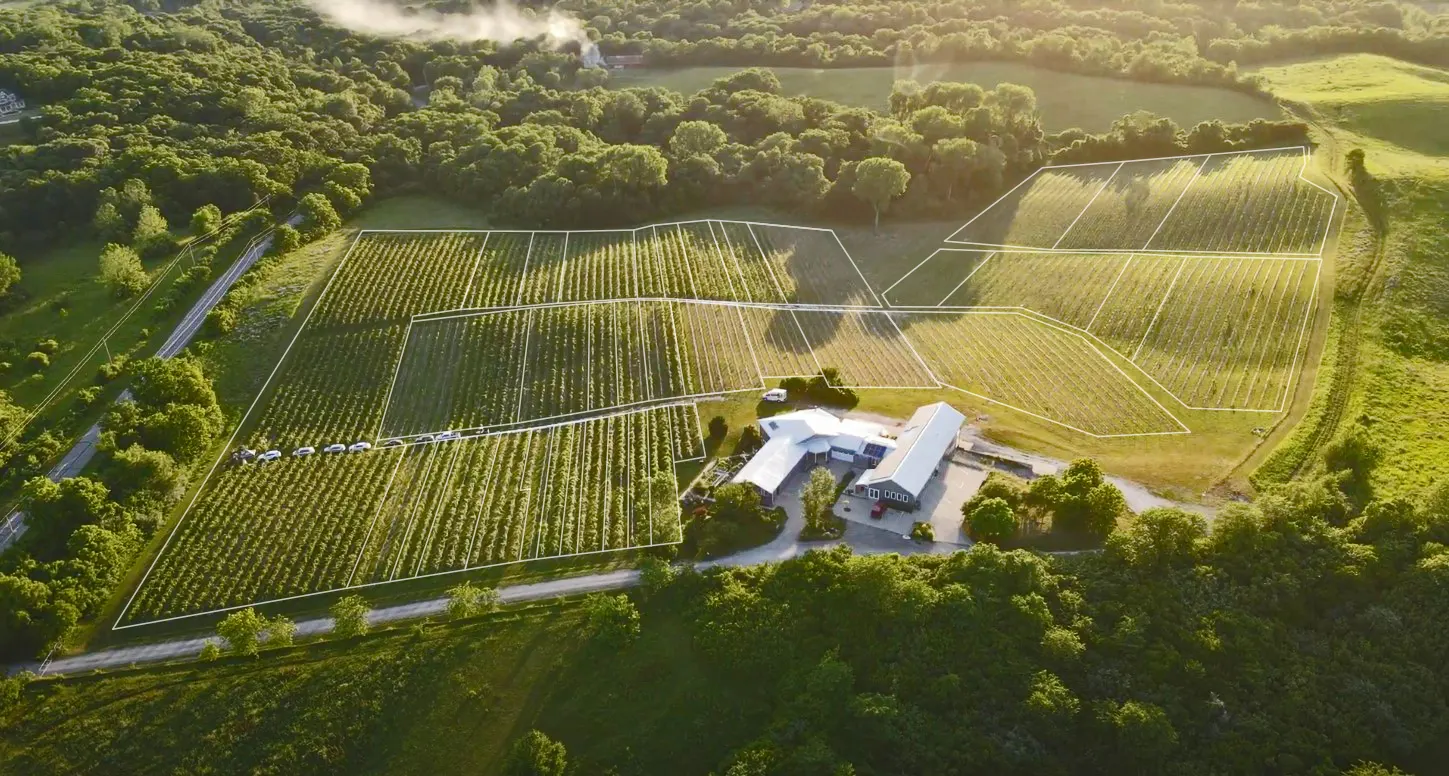Our Story
Old Vines, New Wines
With its climatic and geographic diversity, North America is home to a large number of indigenous grape species whose winemaking potential is untapped. Our 14 acres of vineyard lies amongst the rolling hills north of Kansas City, Missouri. TerraVox is dedicated to sharing the history and the promise of North America’s Native grapes. Let your palate travel-through wines made from grapes as rare as they are remarkable
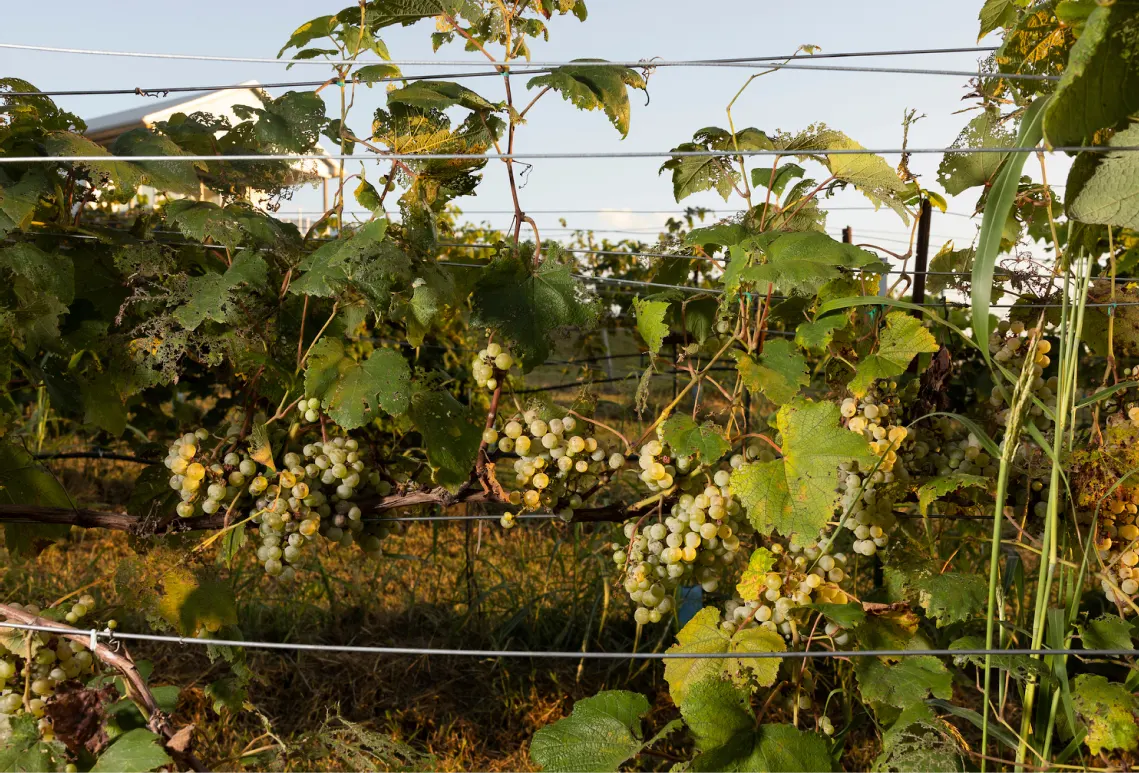
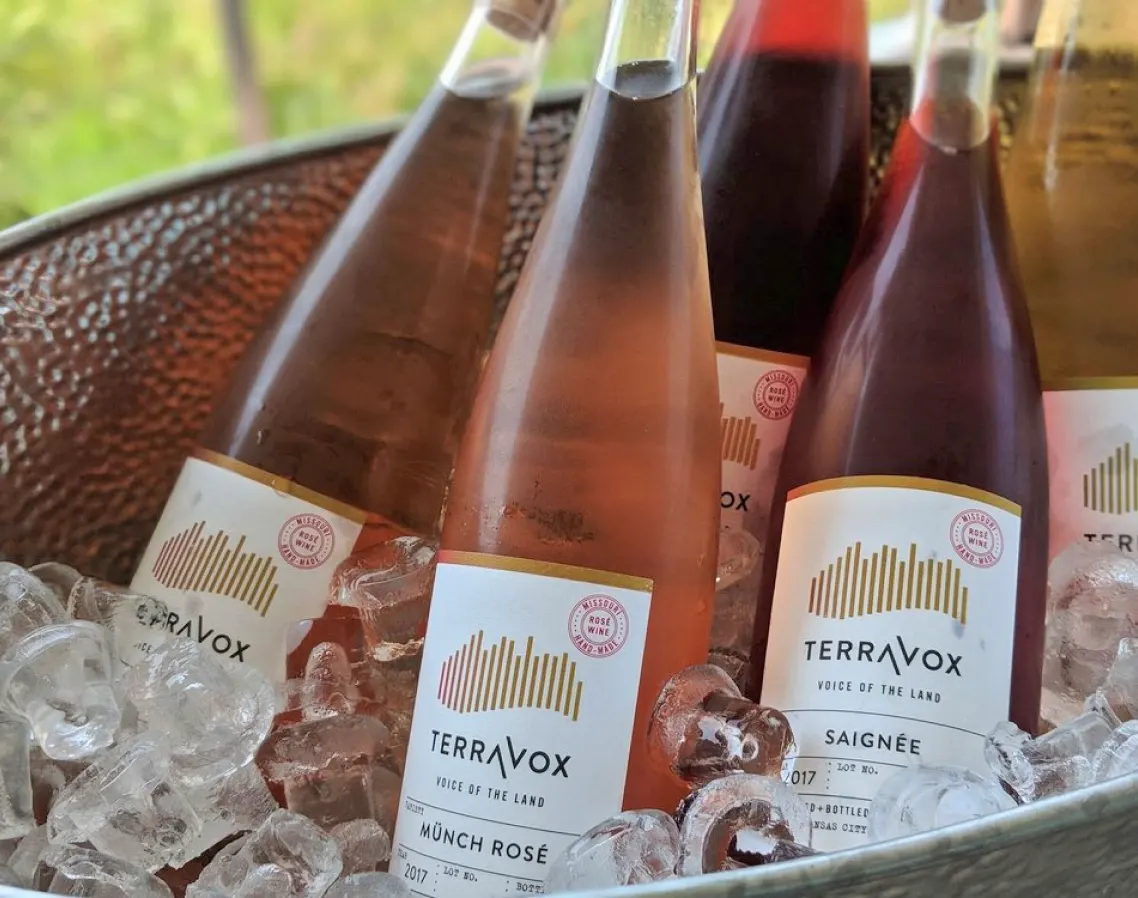
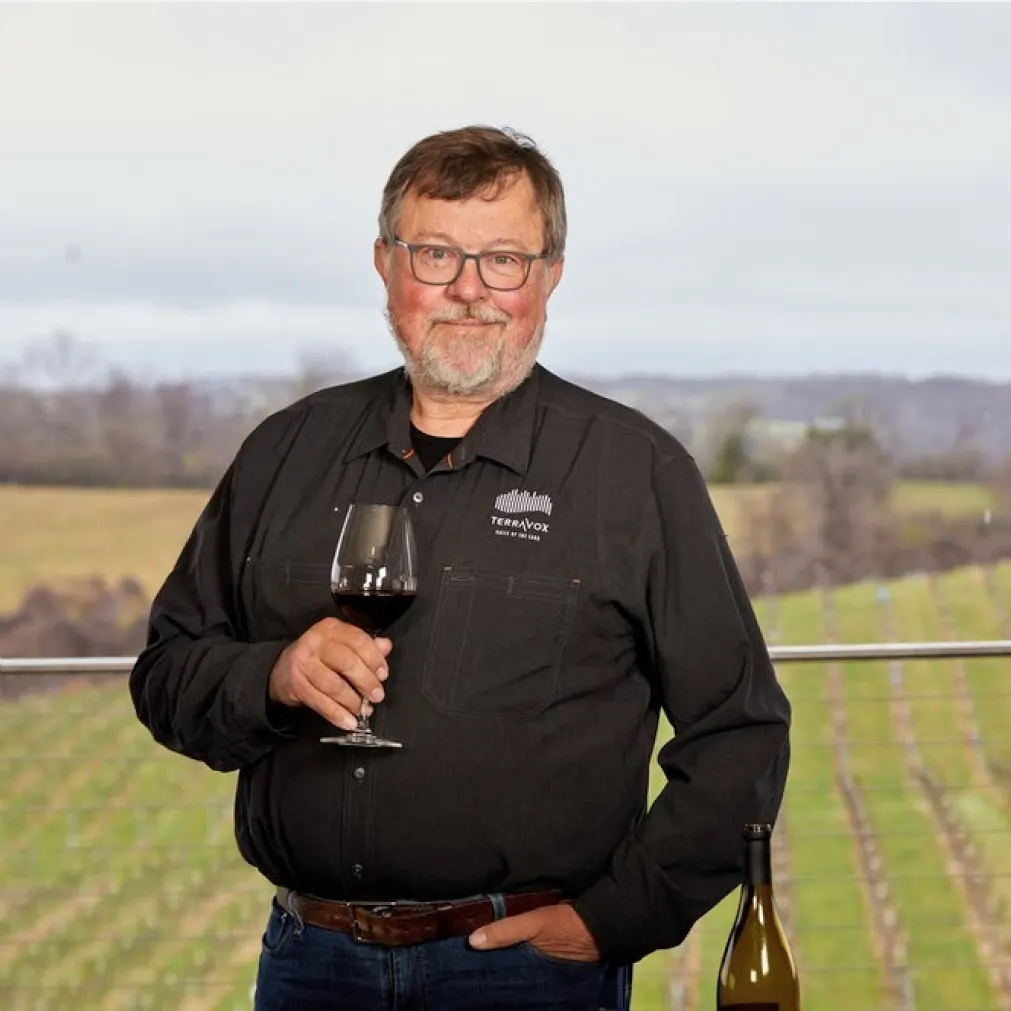
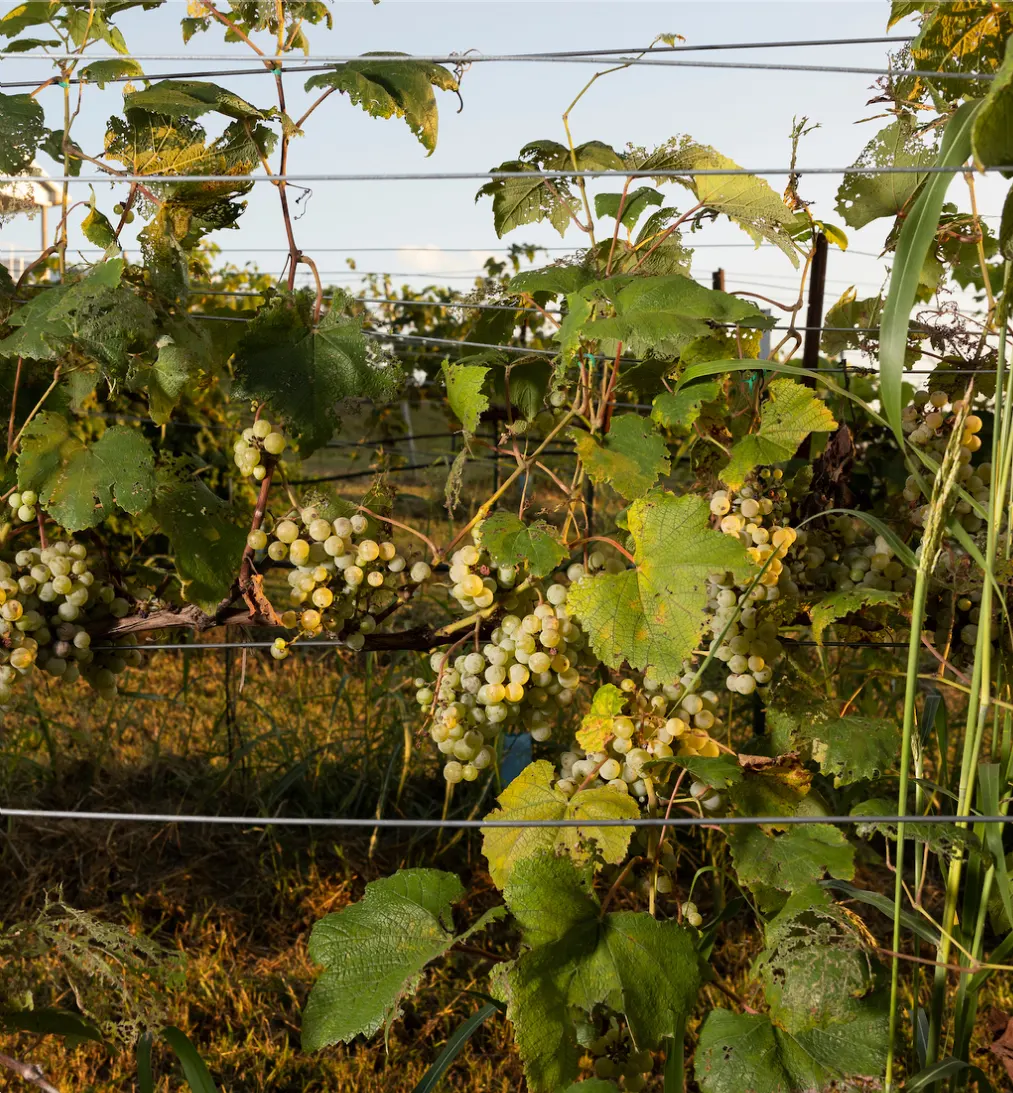
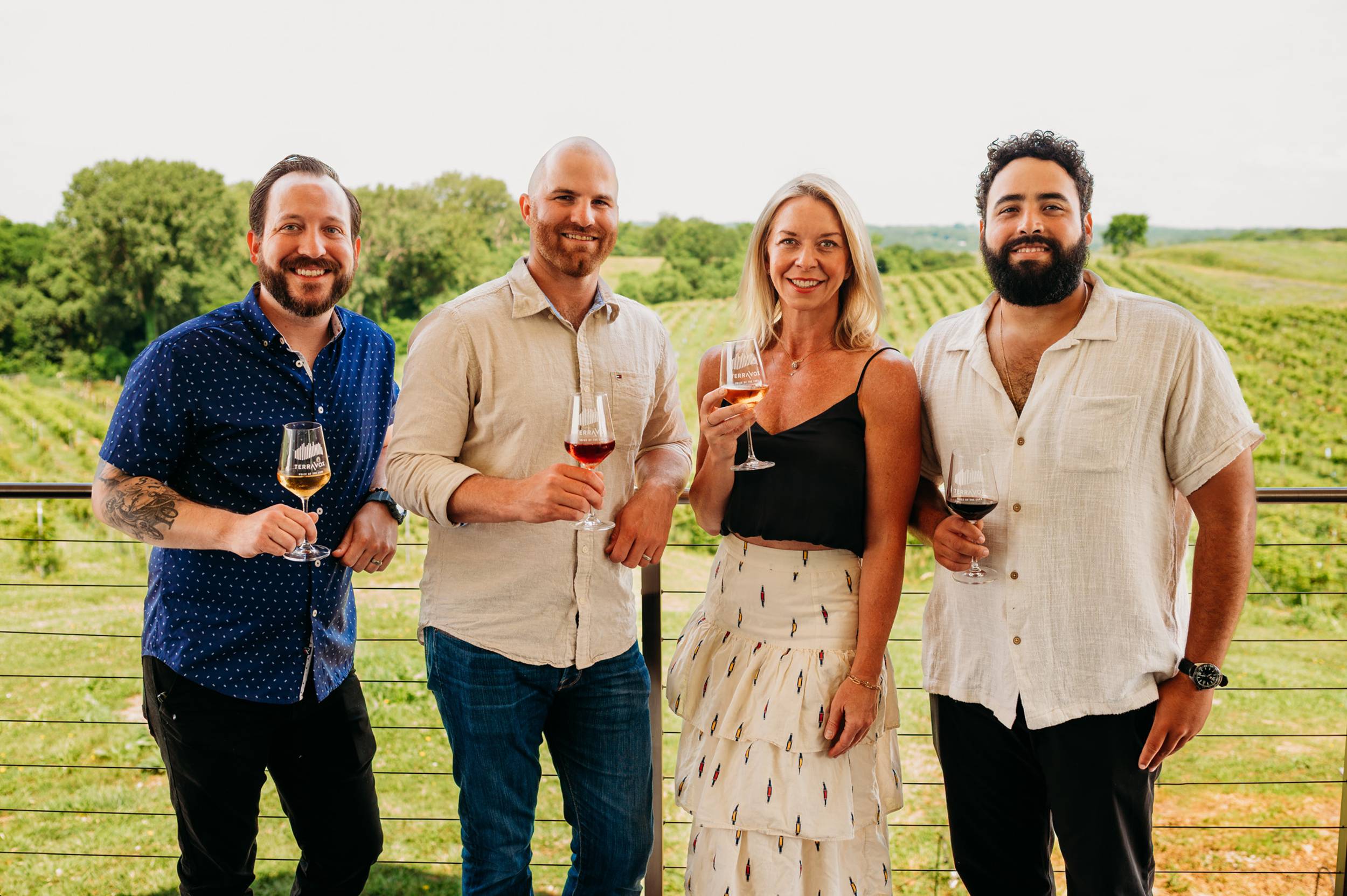

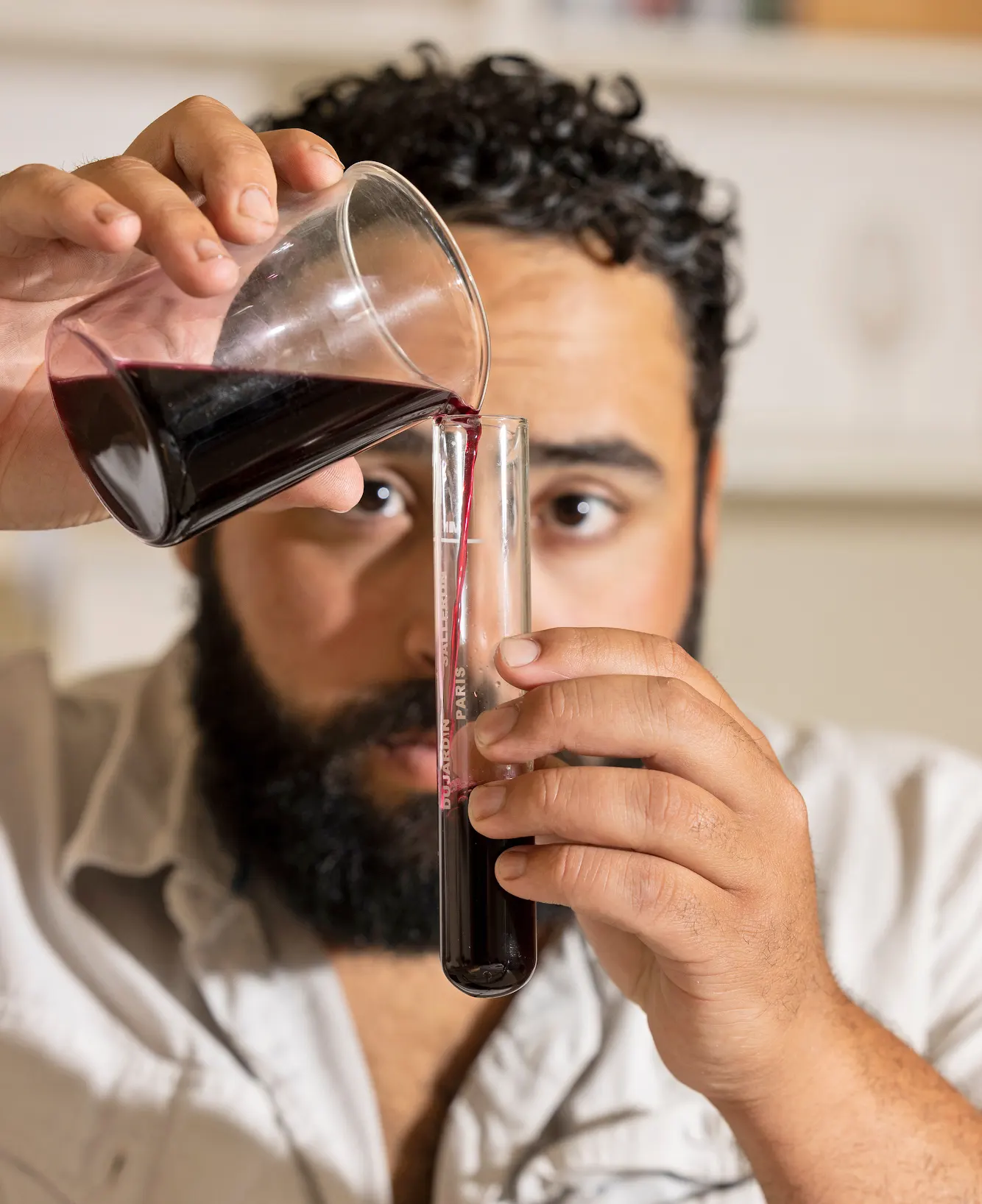
Our Exploration
While Missouri is increasingly recognized as a wine-producing state, its legacy runs far deeper. By the 1860s, Missouri had already become a national leader in Viticulture-thanks to its rich soils, diverse native grapes, and pioneering spirit. Today, we continue that tradition, exploring the full potential of grapes uniquely suited to this land.
Best of Show
At the 1873 Vienna World Exposition a wine from Missouri won the ‘Best of Show’. A noted wine critic of the time said that native Norton’s from Missouri would one day rival the great wines of Europe in quality—he may still be proven right.
OUR FOUNDER
Our proprietor and founder, Jerry Eisterhold, grew up a Missouri farm boy surrounded by wild grapes in the lush Gasconade River Valley upstream from Hermann, Missouri. Jerry’s early education in agronomy at the University of Missouri in 1969 brought with it a connoisseurship of soils.
The Spark That Grew TerraVox
The experiment of TerraVox has all been prompted by a serendipitous reading of Thomas Volney Munson’s book, Foundations of American Grape Culture. Our vineyard could not exist without the work of Thomas Volney Munson (or T.V. for short). T.V. Munson was an American viticulturist working around the turn of the 20th century. He is given primary credit for saving the European wine industry from utter destruction by phylloxera, an epidemic facing grapes during the late 1800’s, by promoting the strategy of grafting European (vitis vinifera) vines onto American rootstock..
Quest to Discover
In addition to saving European wine, Munson was also an avid grape breeder and the leading expert in North American grape species. Today, we are continuing Munson’s—and now Jerry’s—quest to discover and become experts in the unique flavors that Native North American grapes bring to wine.
Let’s Explore!
These grapes tell a story few have heard-one of resilience, rediscovery, and the roots of American wine. At TerraVox we aren’t just making wine; We’re reviving a legacy nearly lost to time. Each vine on this land carries a chapter, and every bottle is a voice speaking from the soil itself.
We invite seekers of all kinds-historians, collectors, the curious and the bold-to walk this vineyard, taste its history, and join us in shaping its next chapter.
Meet the team behind the vision. Then take in the view from above-the land that started it all.
Our Team
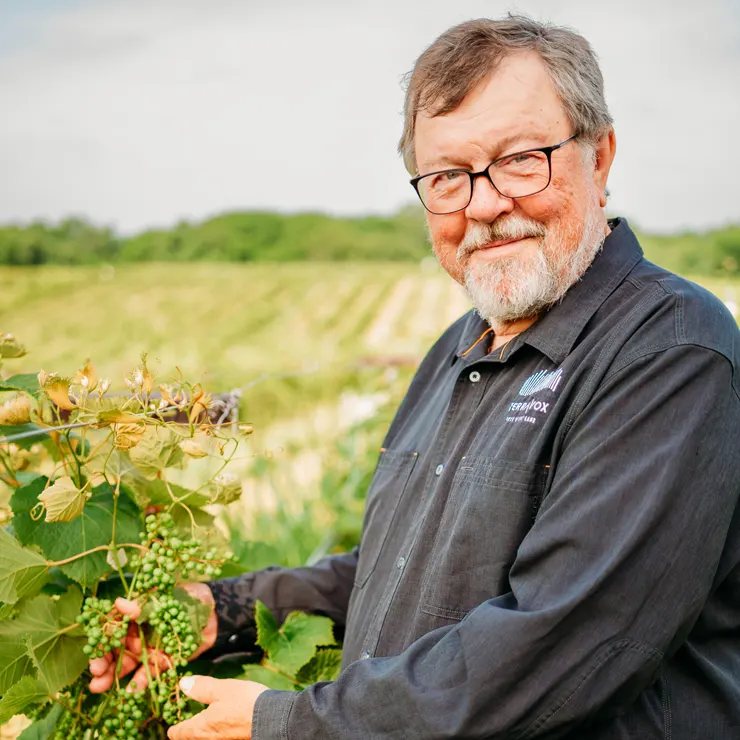
Jerry
Proprietor
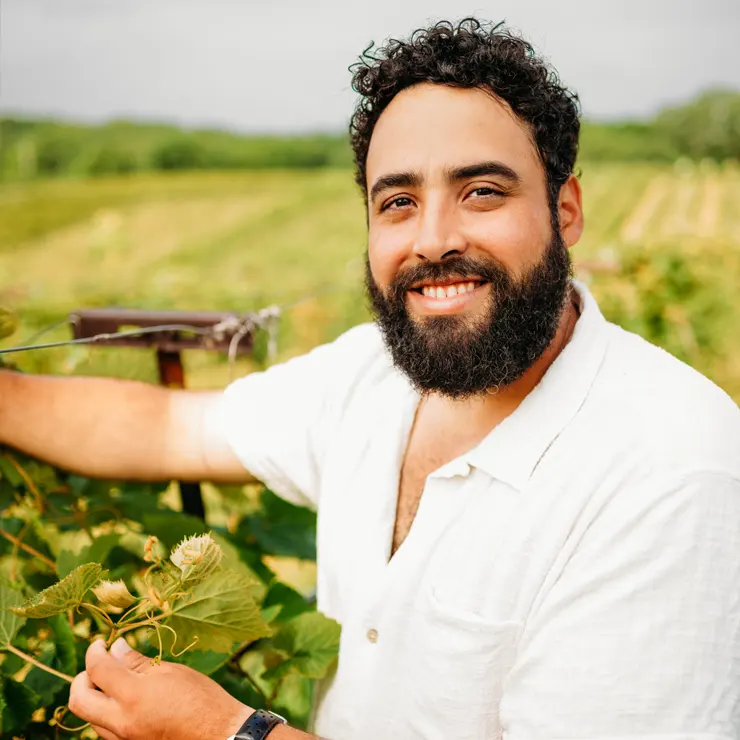
Jean-Louis
Winemaker
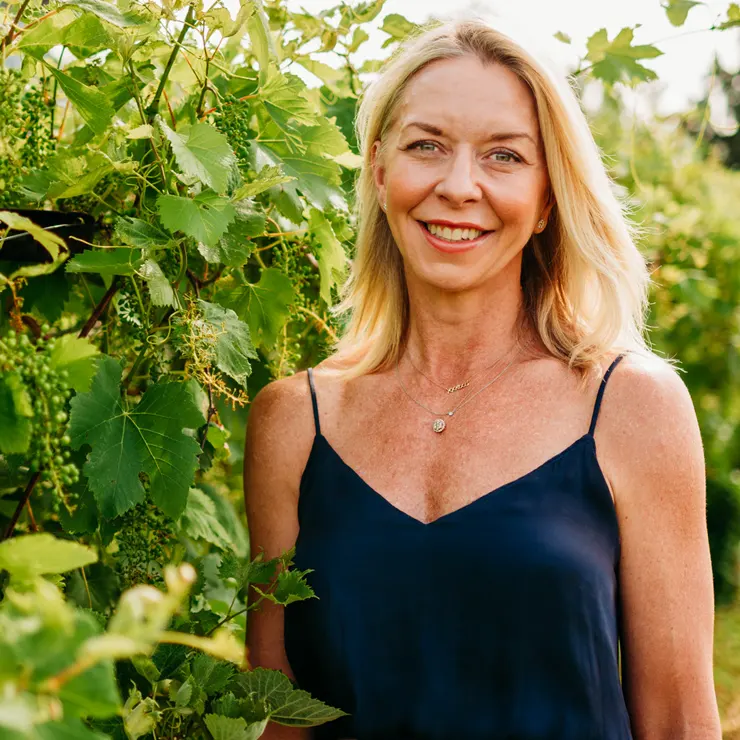
Alyssa
Director of Sales & Marketing
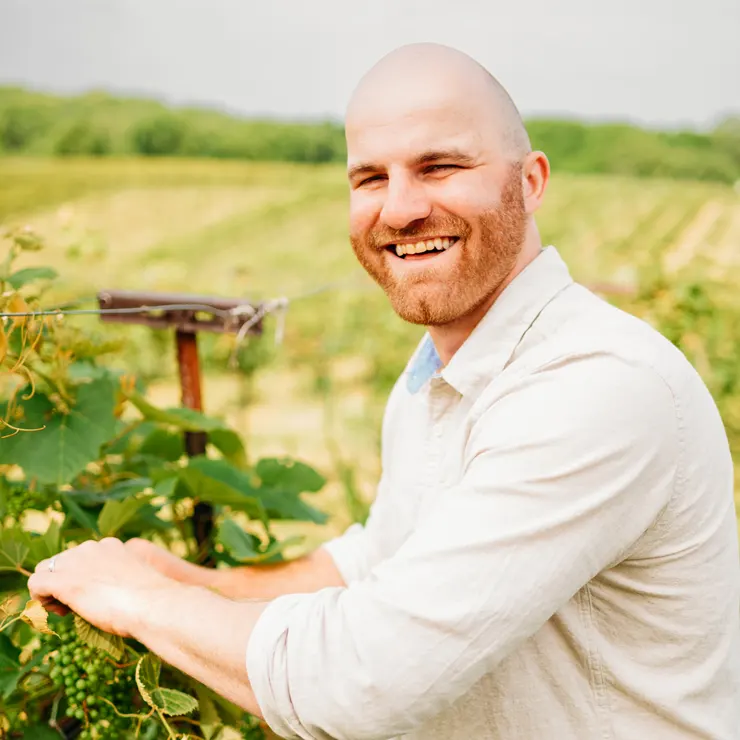
Matthew
Vineyard Manager
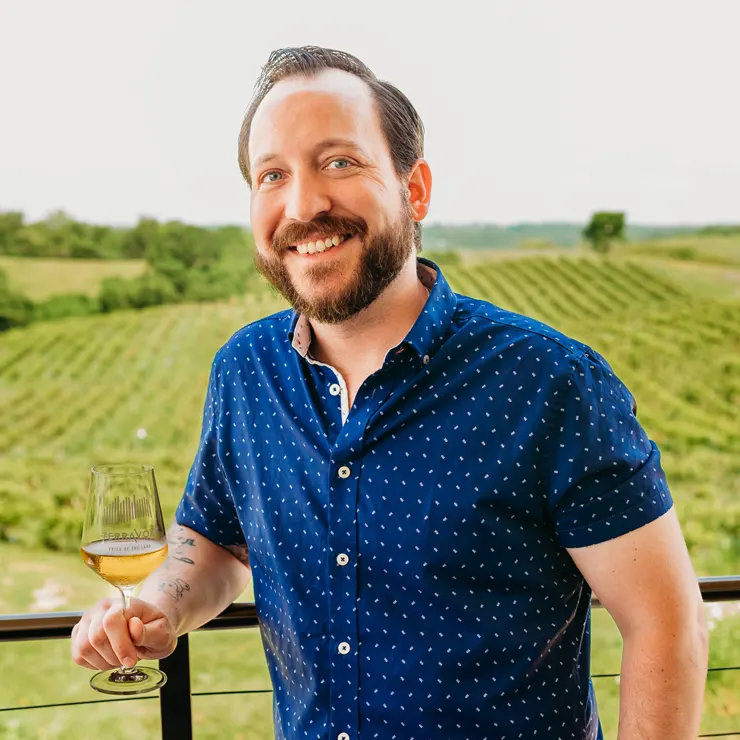
Austin
Wine Bar Manager
Our Grapes
All great wines start in the vineyard. That’s why at TerraVox, 100% of the grapes that go into producing our award-winning wines are estate-grown. We never purchase fruit or juice from offsite. Below you’ll find a selection of our grapes with some information about their parentage. All photos are from our vineyard.
Albania
LEARN MOREAmerbonte
LEARN MOREAmerica
LEARN MOREBrilliant
LEARN MORECaptivator
LEARN MORECarman
LEARN MORECloeta
LEARN MOREDelicatessen
LEARN MOREEllen Scott
LEARN MOREFavorite
LEARN MOREHerbemont
LEARN MOREHidalgo
LEARN MORELast Rose
LEARN MORELenoir
LEARN MORELomanto
LEARN MOREMarguerite
LEARN MOREMuench
LEARN MORENorton
LEARN MORERommel
LEARN MOREStark-Star
LEARN MOREReady to Explore?
Explore a world of delightful recommendations, sprinkled with a dash of playfulness, as you sip your way through a personalized wine journey!
The Future Of Wine Is Rooted In America’s Past
Long before Cabernet claimed Napa, the American grapevine was already writing its own story. At TerraVox, we believe the most exciting future in wine lies in rediscovering that past- a legacy of native varieties, visionary viticulturists, and forgotten frontiers. This time line traces the unlikely journey that brought American grapes from wild riverbanks to world-class wine glasses. What follows is not just our story- it’s a chronicle of resilience, innovation, and the quiet revolution rooted in our very soil.
Leif Erikson and his crew voyaged to what was known then as the Country of the West. After a German named Tyrker, one of Erikson’s crewmen, discovered wineberries, the country was renamed Vineland.???

First report of winemaking in United States by pirate Captain John Hawkins.
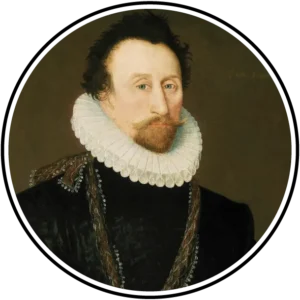
Daniel Norton develops “Norton’s Virginia Seedling,” which later becomes the foundation of the Missouri wine industry.
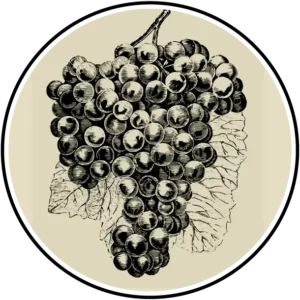
Thomas Jefferson, America’s “first distinguished viticulturist,” plants vines at Monticello.

Charles Valentine Riley appointed first State Entomoglogist for State of Missouri; subsequent appointments to the USDA and the Simthsonian establish him as one of the leading entomoglists in the United States. In 1870, he discovers the true cause of the Phylloxera problem.
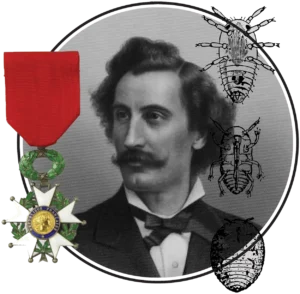
T.V. Munson visits Dr. Robert Peter’s vineyards in Lexington, Kentucky. These vineyards contained all of the known/introduced American grapes at the time. He takes 30-40 different varieties to his vineyard in Lincoln, Nebraska, but none survive.
Vienna World Exposition, a Norton wine from Hermann, Missouri, wins Best of Show, besting offerings from Burgundy and Bordeaux.
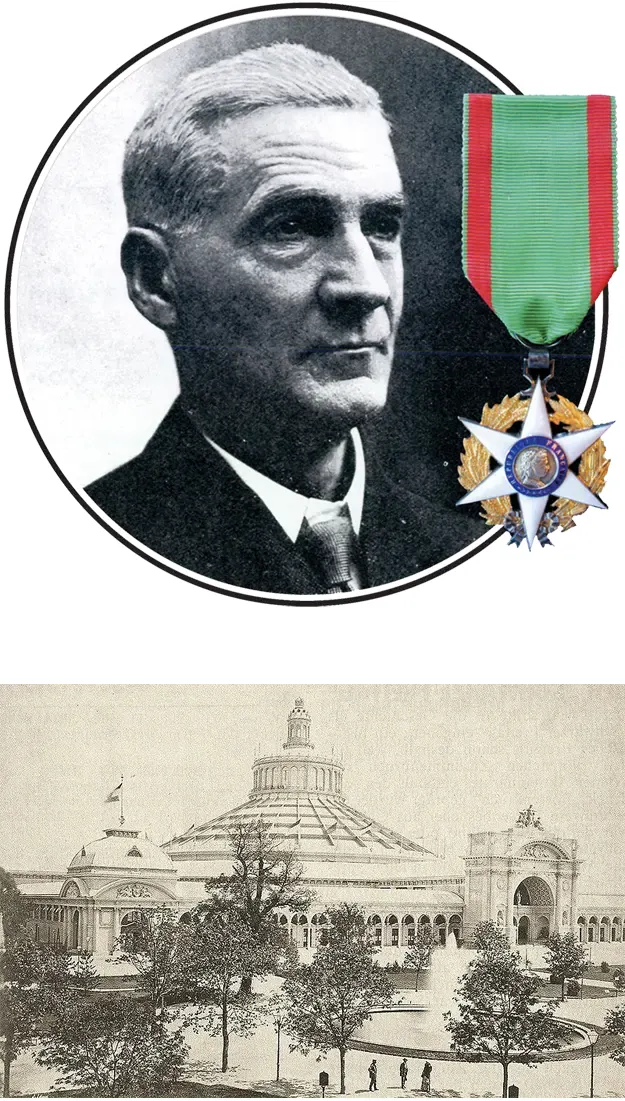
T.V. Munson moves to Denison, Texas, and begins original botanical research on native grapes.
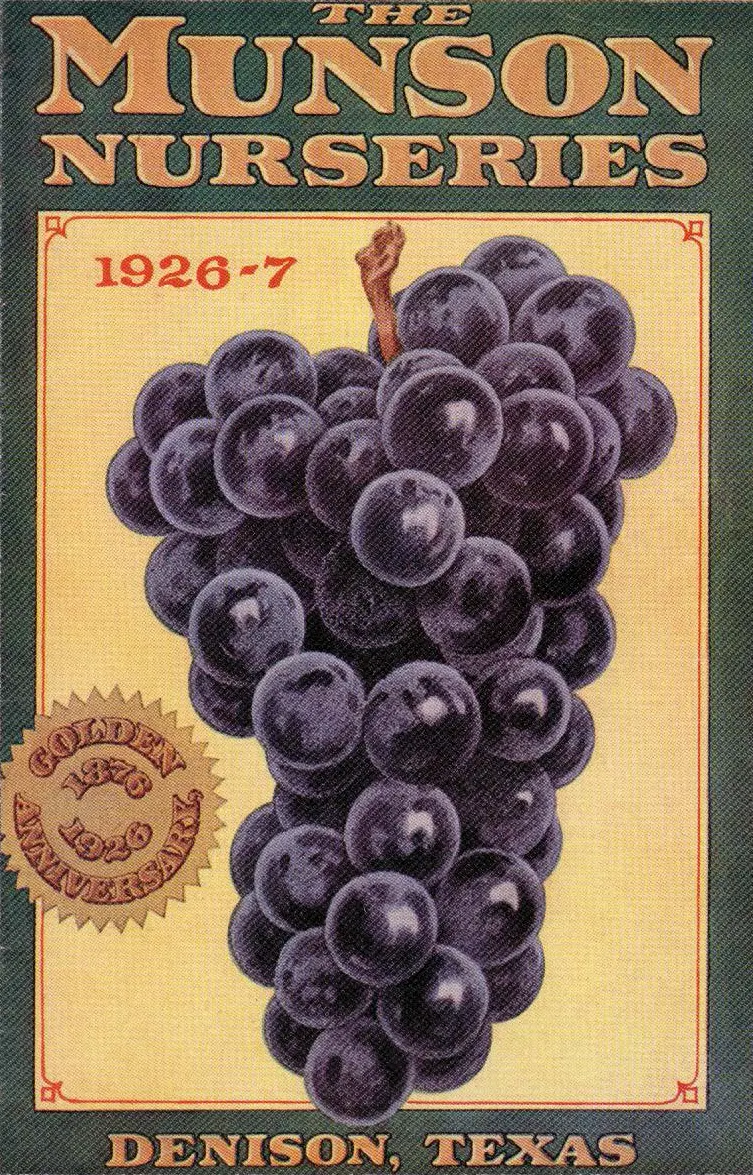
Charles Valentine Riley receives the French Grand Gold Medal and he is named a Chevalier of the Legion of Honor with Jules Emile Planchon, he is credited with identifying the biology of the Phylloxera louse that was devastating European vineyards.
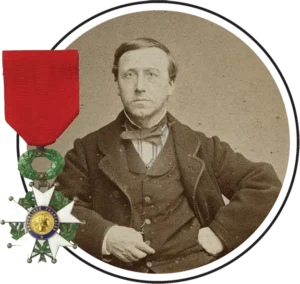
Society, his first attempt to create a new botanical classification of grape species. Over the next several years, Munson’s American grape species classifications were published in The American Agriculturalist, The Rural New-Yorker, The American Gardener, Garden and Forest, Farm and Ranch, The Revue de Viticulture, of France and other horticulture and agricultural journals.
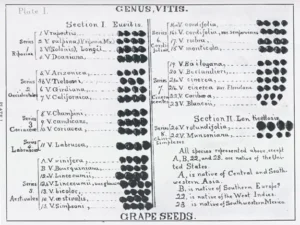
The work of Munson and another Missourian, Hermann Jaeger, helped save the European wine industry: in 1888, a delegation from the French government conferred on him the Legion of Honor Chevalier du Merite Agricole. In 1898, he was elected as a foreign corresponding member of the Société Nationale d’Agriculture de France and as an honorary member in the Société des Viticulteurs de France.
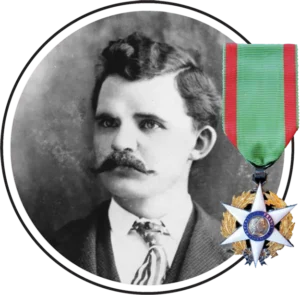
T.V. Munson prepares the of official USDA exhibit on grape species for the Horticulture Building of the Columbian Exposition, in Chicago, exhibiting all American and most Asiatic species of grapes.
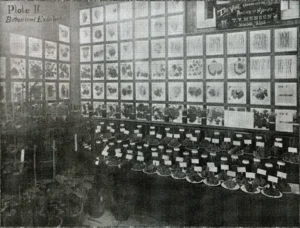
T.V. Munson publishes “The Foundations of American Grape Culture.”
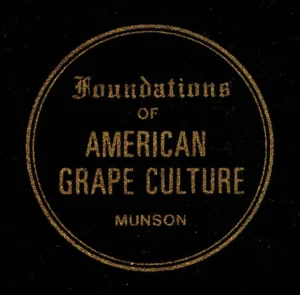
Gerard Eisterhold picks wild grapes in the tall trees of Osage County, along the Gasconade River (upstream from Herman, Missouri).

Eisterhold, an Agronomy student at Missouri University, working in the soil survey laboratory, analyzing Missouri soils and developing soil maps of the state at the Soil Survey Lab (and rated the 3rd best soil judger in the Big 8)
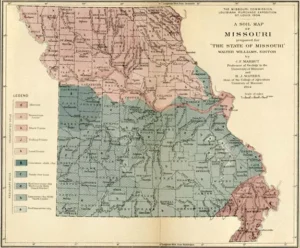
Midtown Kansas City - Eisterhold discovers T.V. Munson’s book “Foundations of American Viticulture,” becomes curious about the potential real-world implications of these species on the American wine industry, and decides to explore its implications. He writes to Grayson County Community College, which is sited on the old Munson vineyard, asking for grape cuttings. Grape cuttings planted in the backyard. However, there is too much shade, and too many squirrels.
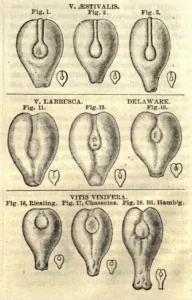
Overland Park, Kansas - more grapes planted - but there is still shade, squirrels, and sparrows.
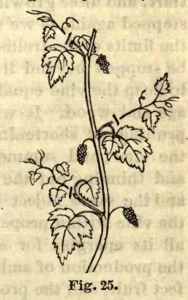
Peculiar, Missouri - No shade, fewer squirrels, but a landowner that lets horses into the vineyard; horses eat the grapevines.

Kate suggests renting a plane to fly around Kansas City region, looking for land close enough to commute to the city that is of the desired topography and soil type. Starts collecting cuttings and rooting them in area greenhouses.
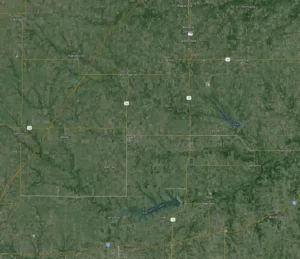
Building complete, moves to 19310 NW Farley Hampton and starts collecting cuttings from heritage sources.
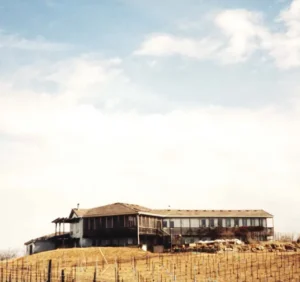
Fills in test rows (room for 12 plants of each) of 60+ varieties. It will take 6 years to fill in all of the slots.
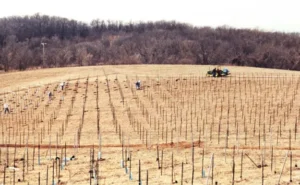
Commutes to extension classes at UC Davis - Winemaking, Chemistry, Pest Management, Irrigation, and Sensory Analysis.
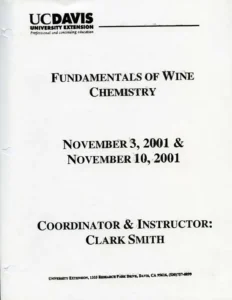
First vintage - a single bottle of mixed grapes.
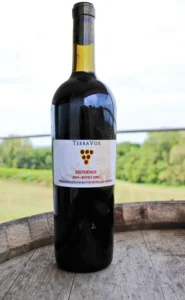
State of Missouri Retail Sales License issued. Lables subitted to TTB for approval.
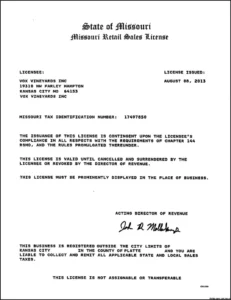
Winery scheduled to open.
Domestic Winery License Acquired
Engages Clark Smith as advisor
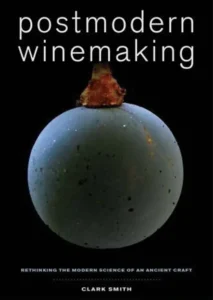
Second planned opening for winery
Actual opening of winery.
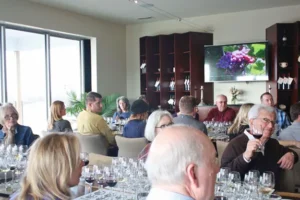
Engages Moss Bittner as winemaking consultant.
TerraVox labels approved by Tax and Trade Bureau. Wins double gold for Norton at the 2014 Appellation America in Napa Valley, California. “Incredibly deep purple color. Rich, pure hibiscus tea and acai berry. Amazingly dense, full flavors and youthful acidity, like biting into a tree-fresh Seville orange. As good a Norton as you’ll ever fund.”
—Dick Peterson
Our first entry (the only wine with enough quantity to qualify for entry) Châteauneuf du Platte wins bronze award at 2015 Missouri wine competition.
First Annual Public Harvest Season
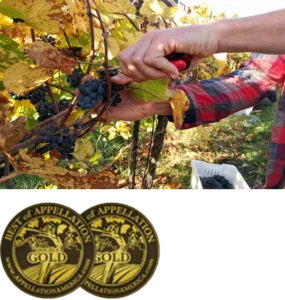
Bordeaux, France; presentation on Exploration of Diversity to the American Association of Wine Economists.
TerraVox Tasting Room Grand Opening Celebration at Green Dirt Farm Creamery.
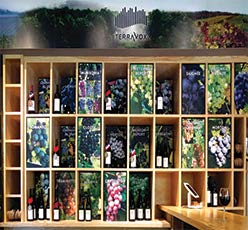
The Jefferson Cup Invitational Wine Competition awards bronze for 2013 Norton and silver for 2015 Munson RePort, 2015 Ainaba, and 2014 Traminette.
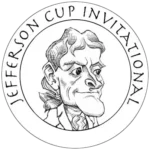
San Francisco Chronicle Wine Competition awards a gold for 2014 Norton, silver for NV Châteauneuf du Platte, and a bronze for 2013 Munson RePort
The Berlin International Wine Competition awards bronze for 2014 Wetumka, silver for 2014 Norton, gold for Châteauneuf du Platte NV, and Missouri Winery of the Year.
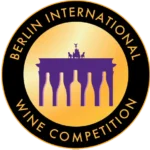
Hosted the Themed Entertainment Association’s SATE Academy Day (Storytelling, Architecture, Technology and Experience) along with the Nelson Atkins Museum of Art, Kansas City Art Institute, the World War I Memorial Museum, Union Station, and the Walt Disney Foundation.
Smithsonian Institution: program on American Heritage Grapes and Vox Vineyards’ investigation and explorations.
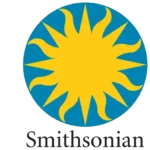
Smithsonian Presenation: Wine tasting and Bench trials.
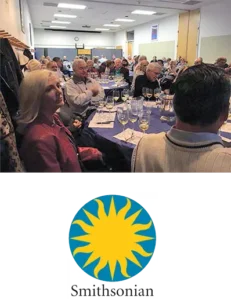
French filmaker, Stephan Baley, films at Vox, for his film Vitis Prohibta.
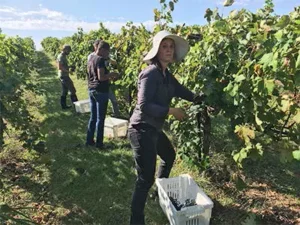
Best of Class, San Francisco Chronicle, for 2016 Norton.
Vitis Prohibita wins Best Feature Film Award at the Oenovideo International Vine and Wine Festival in Marseille.
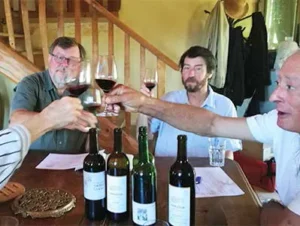
SARE grant to explore biodynamic practices in Midwestern context.
Best of Class, San Francisco Chronicle, for 2018 Norton.
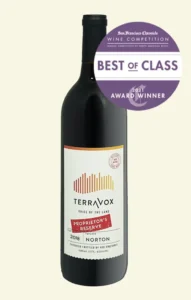
Visit Lance Hansen at Jack Rabbit to explore biodynamic practices, introduced to High Lovel, author of Quantum Agriculture: Biodynamics and Beyond.
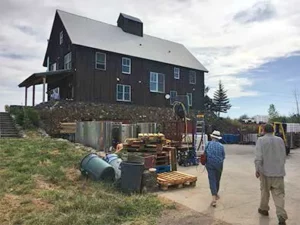
Italian premier of Vitis Prohibita, tasting and lobbying to officials in the Veneto, to relax restrictions on legal vinification of American varietals.
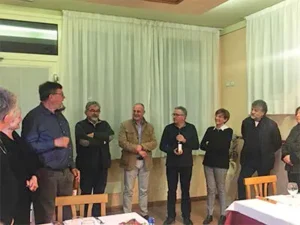
TerraVox Graphic Novel
Grit, grapes, and a good rebellion. Follow the true tale of how a wild idea - rooted in forgotten American vines - grew into a vineyard unlike any other. Part history lesson, part wine adventure, all true.
